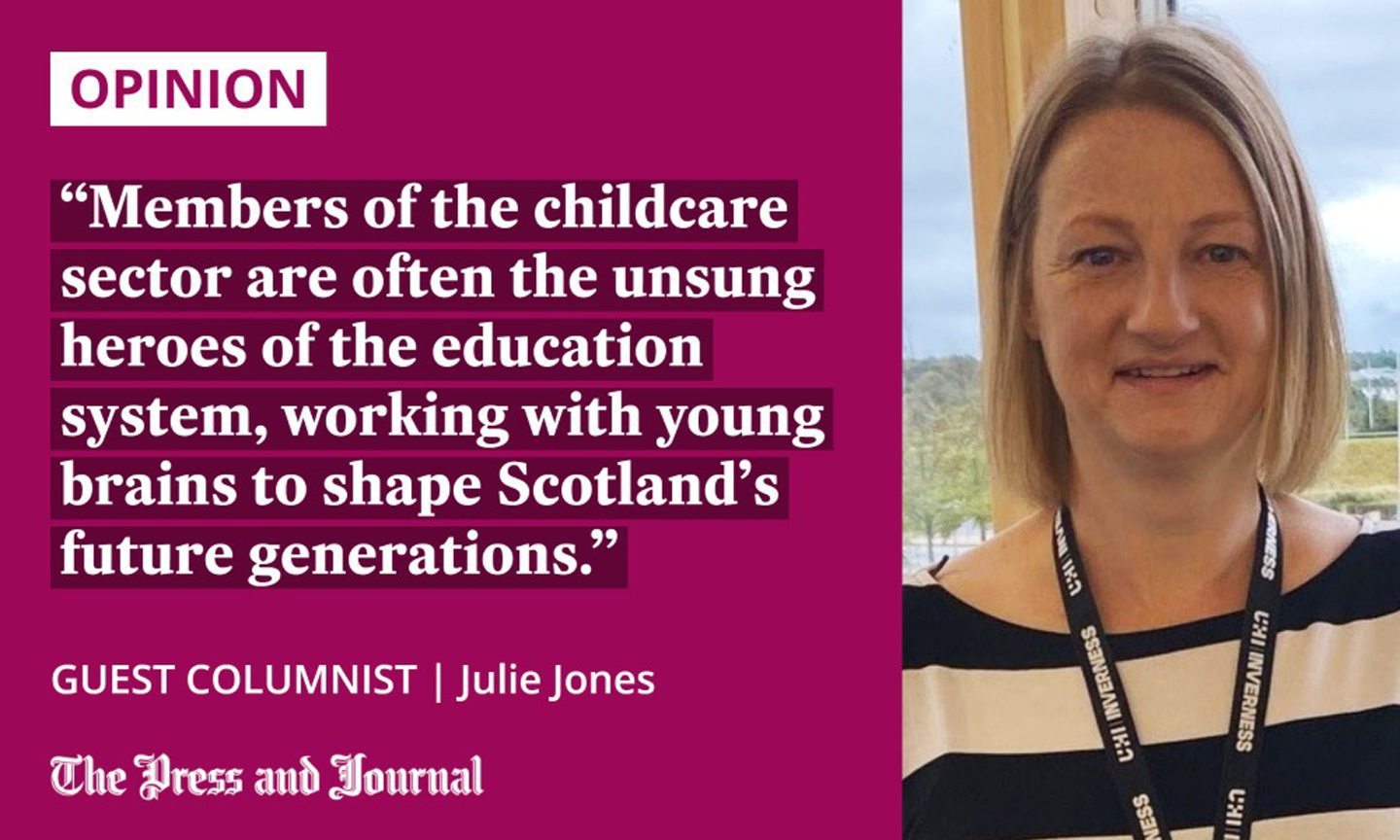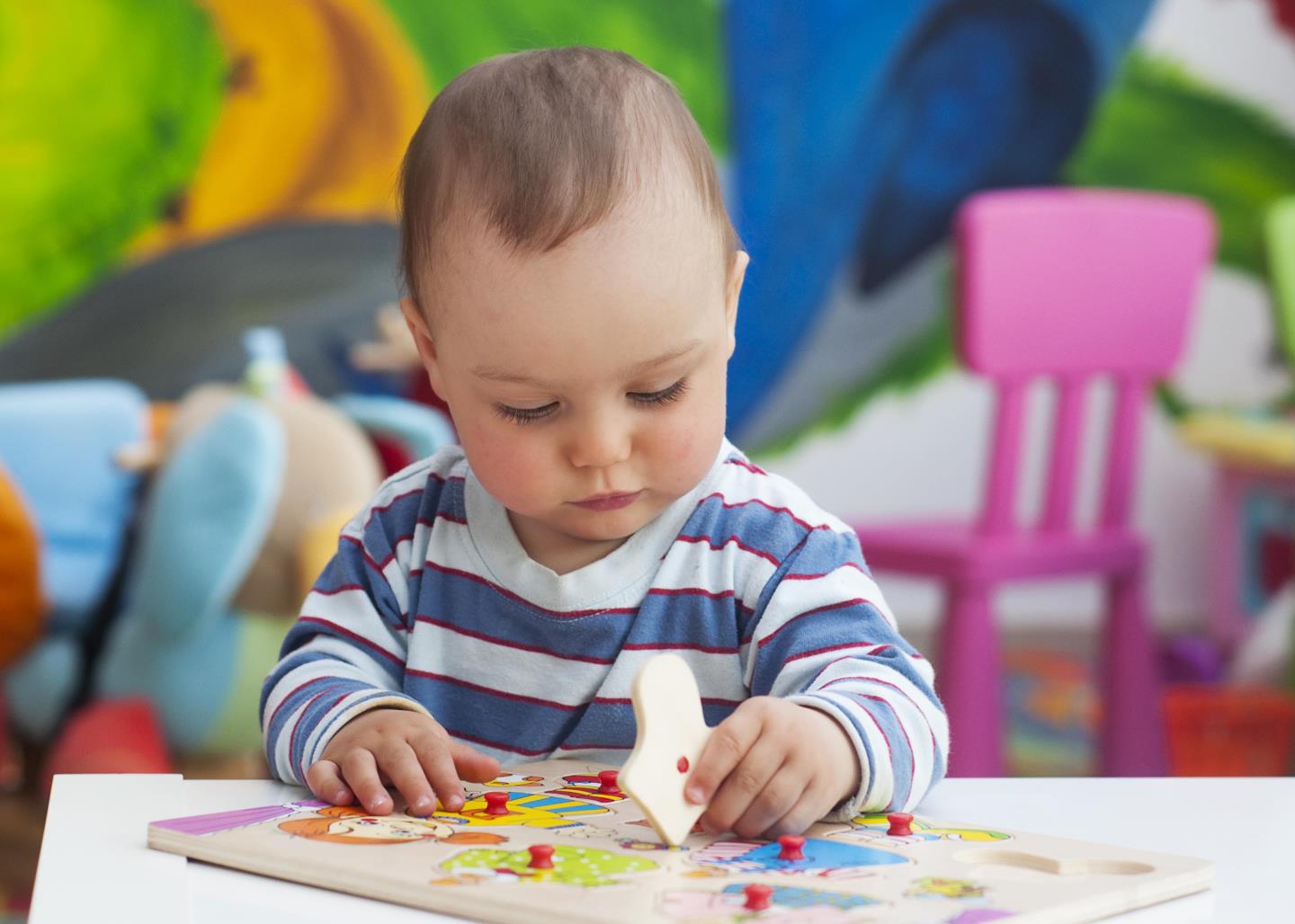In 2015, the Scottish Government announced that, by 2020, all children aged three to five years (and eligible two-year-olds) would have access to 1,140 free childcare hours per year.
This was a bold and brave move by Holyrood, relating to an already ever-changing sector.
Childcare, especially for the early years, is such a fundamental part of a child’s life. In 2016, the research scientist Suzanne Zeedyk noted: “We now know that brain development occurs more rapidly during the early years than will ever be the case again. By the age of three years, approximately 90% of the final brain mass is in place.”

Members of the childcare sector are often the unsung heroes of the education system, working with young brains to shape Scotland’s future generations.
We need to consider if we are giving proper credit to this group of specialised workers, and valuing them as the extremely skilled, high-quality professionals they truly are.
Childcare providers deserve higher salaries
In 2018, we saw Skills Development Scotland create a framework for a graduate apprenticeship degree, for those working at practitioner level, or “on the shop floor”. This was intended as a flagship qualification for early years childcare, allowing those employed in the sector to gain a degree whilst working, or earning while learning.
Those working in this caring profession do not enter for the monetary gains. They choose to do so in order to help shape the next generation
The following year, the graduate apprenticeship was piloted in two universities in Scotland, UHI and the University of the West of Scotland. The trial has now come to an end and has seen 25 successful graduates across the country secure this award.
Approval beyond the pilot has been successful, and we continue to see interest in this degree grow, which will hopefully enable the workforce to gain the expertise and recognition it deserves.
As interest in developing a degree-qualified workforce increases, we must consider whether we value the role childcare workers play in society. The average pay scale for a practitioner level worker sits just above the national living wage, which is in line with current pay scales of a local supermarket or fast food chain.
Those working in this caring profession do not enter for the monetary gains. They choose to do so in order to help shape the next generation and develop our bairns’ brains into ones that feel loved, nurtured and secure within a world that, at times, can be scary.
Is it not time we start celebrating the childcare sector and giving it the recognition it deserves?
Julie Jones is the programme lead for the BA Early Learning and Childcare graduate apprenticeship at UHI Inverness


Conversation